|
ID |
Nickname |
Country / City |
Languages |
Taxonomies |
Comment |
Project / Group |
Map |

|
44096
|
|
United States
Honolulu
|
|
|
The domain for this photo is education and school. The Pidgin in this case is saying that we need to put an end to violence. A direct translation of it would be “finish violence”. This relates to program at UH Manoa. The intended audience is UH Manoa students and faculty. The sign is at QLC. I believe it is printed on poster paper. The implied message as mentioned before is to put an end to violence. PAU to the program means “Prevention, Awareness, Understanding”.
- CQ
|
Multilingual Hawaiʻi
|
|
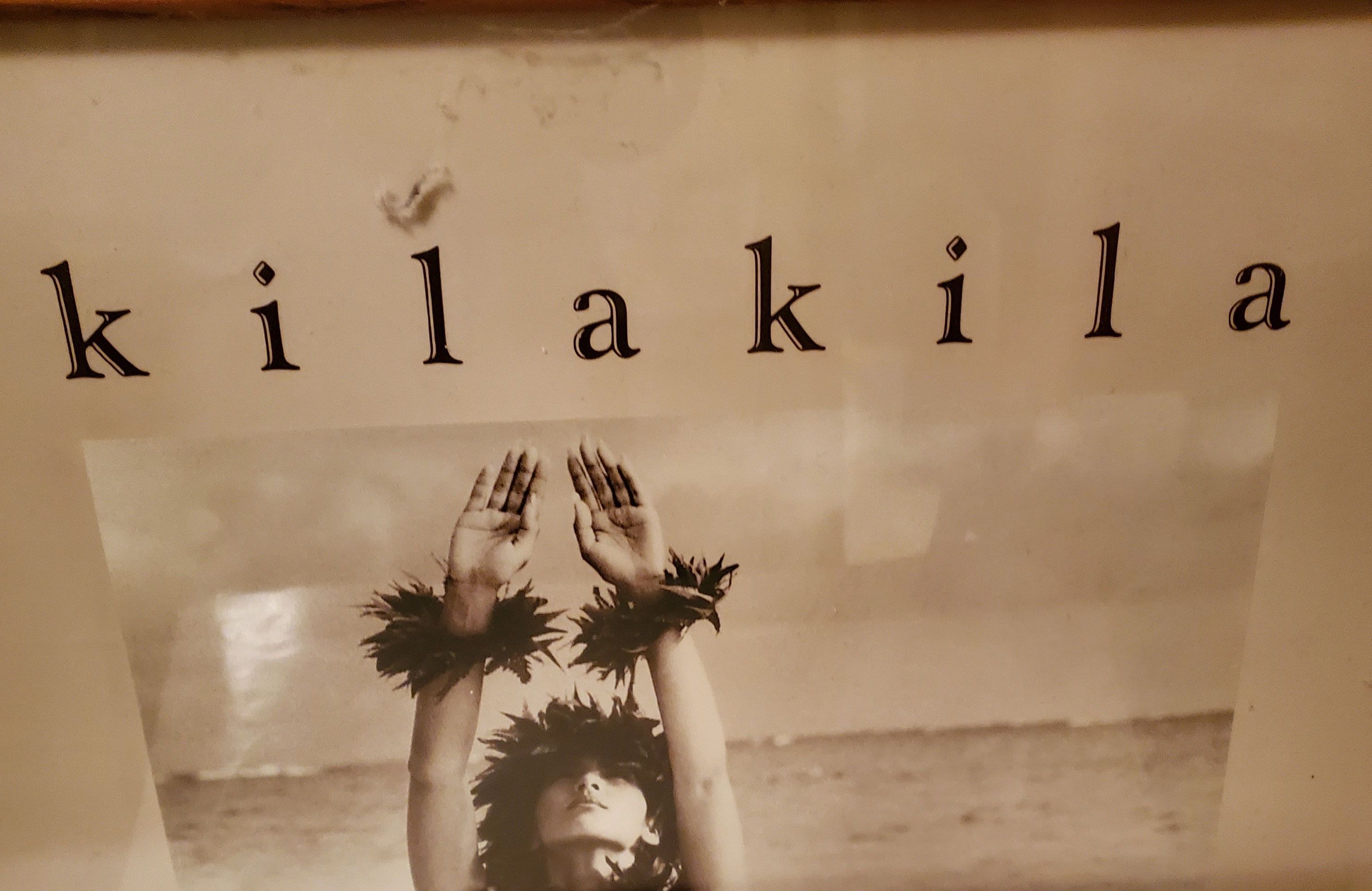
|
44011
|
|
United States
Aiea
|
|
|
KA. Kilakila describes the dancer as majestic
|
Multilingual Hawaiʻi
|
|
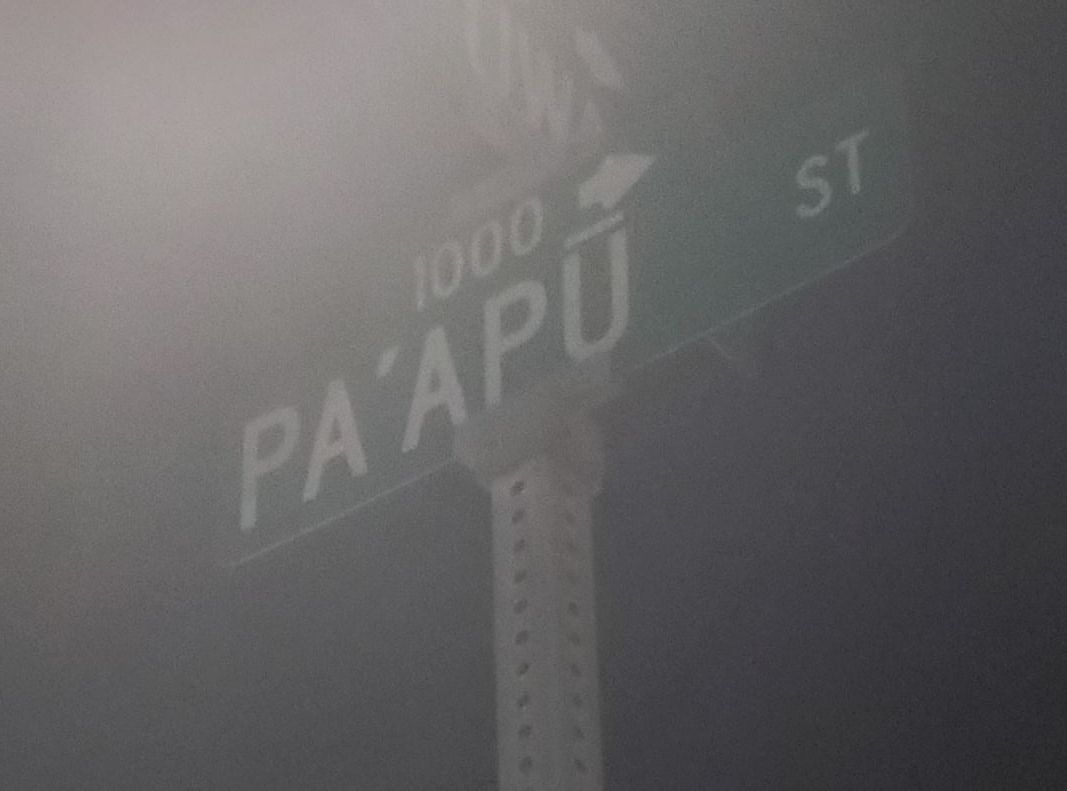
|
44010
|
|
United States
Honolulu
|
|
|
KA. street name
|
Multilingual Hawaiʻi
|
|

|
44009
|
|
United States
Honolulu
|
|
|
KA. it's a business, they're probably trying to relate to common man
|
Multilingual Hawaiʻi
|
|
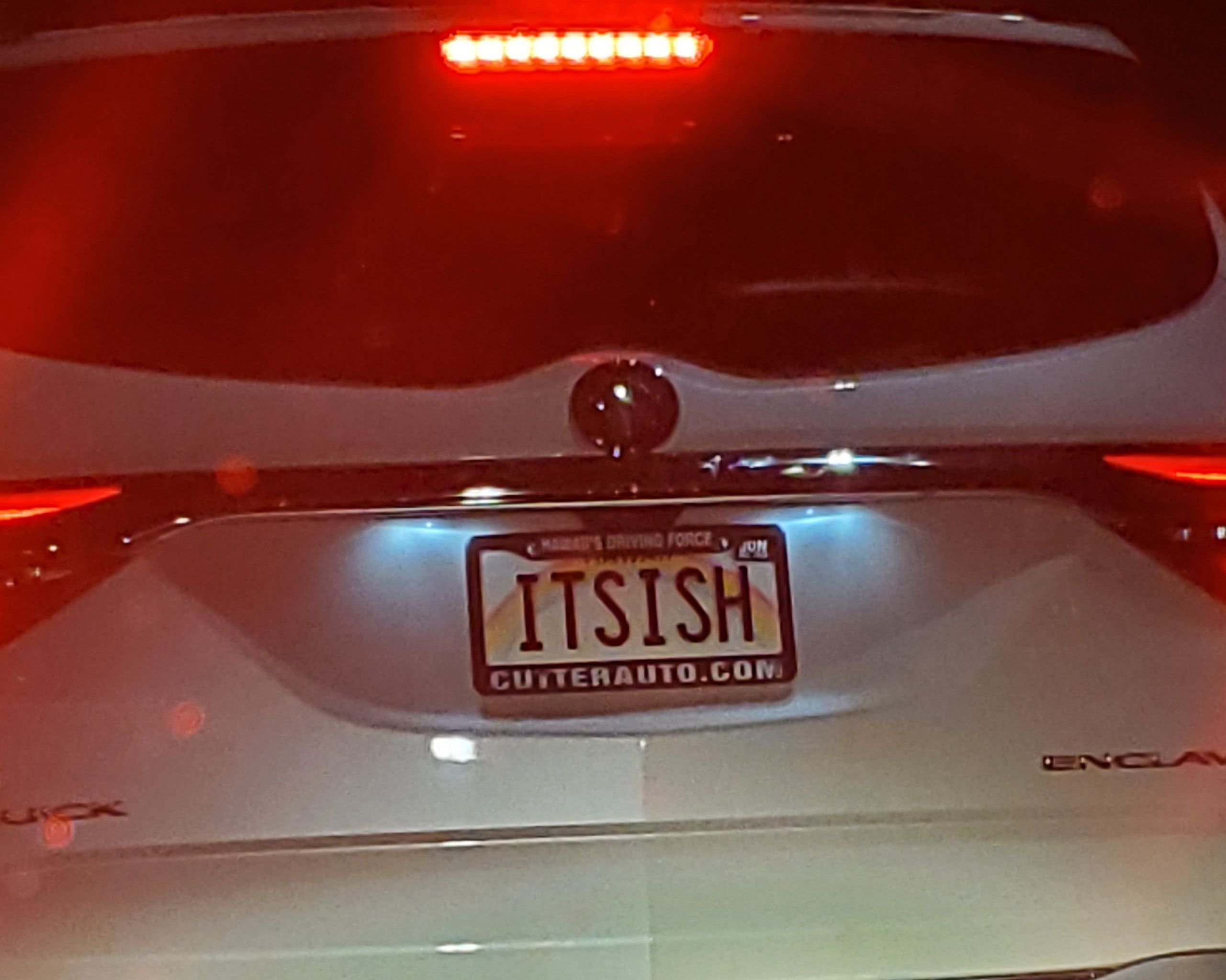
|
44008
|
|
United States
Aiea
|
|
|
KA. this is someone's license plate. they probably thought it was cool
|
Multilingual Hawaiʻi
|
|
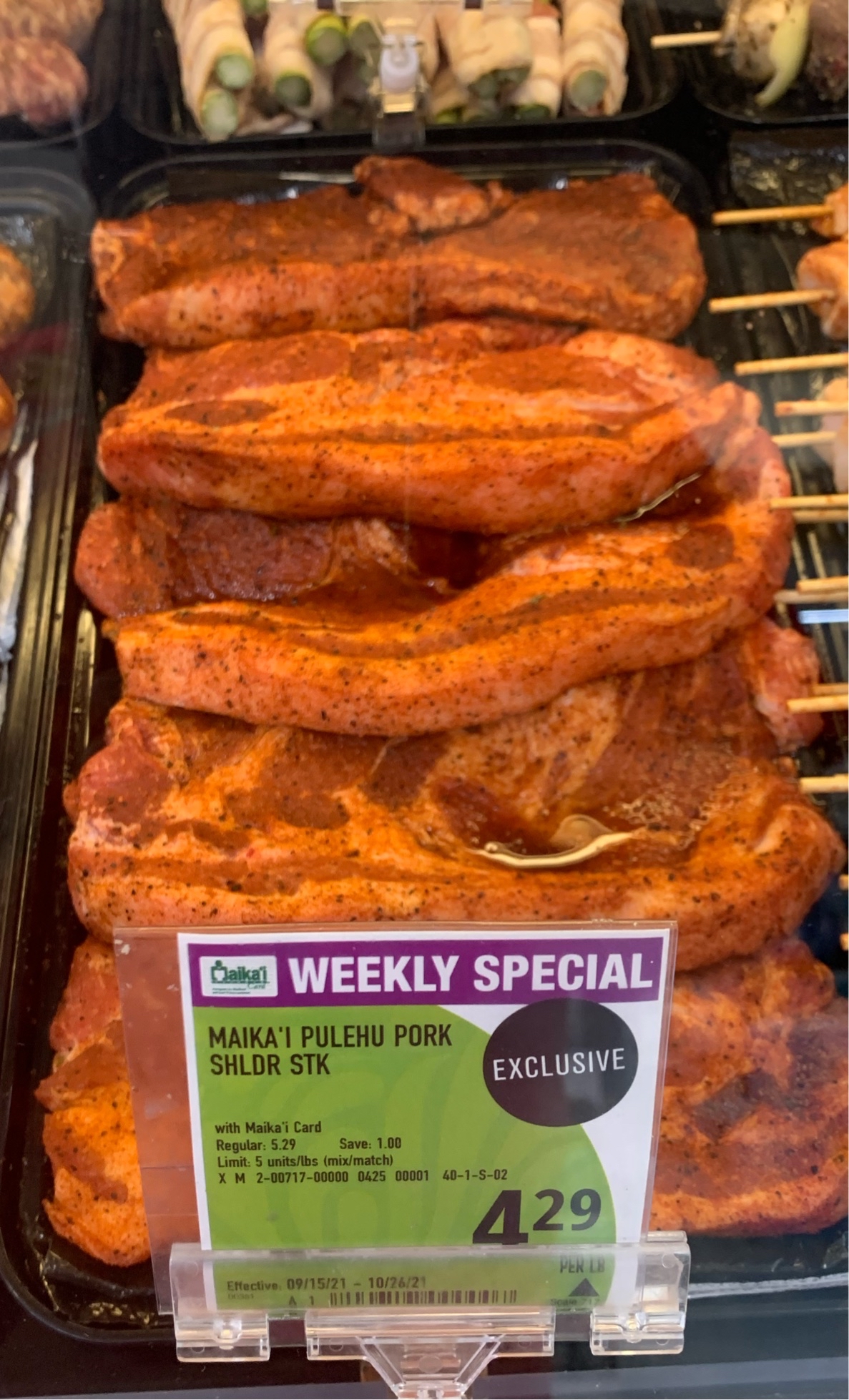
|
44007
|
|
United States
Honolulu
|
|
|
This is an example of Hawaiian. Maika’i denoting good, and pulehu being a cooking technique in Hawaiian meaning cooked over hot coals. This is a “specials” sign printed on a paper so it’s not permanent. It appeals for both locals and tourists to be “authentic” and good.
NIP
|
Multilingual Hawaiʻi
|
|

|
44006
|
|
United States
Aiea
|
|
|
This is an example of pidgin. Shaka being a local hand sign for greetings and Braddah kine being a term for being laid back and friendly with others almost like family. It’s a print on a shirt so it’s a sellable item. It’s appealing more towards locals but has tourist appeal because of the kind of message it has.
NIP
|
Multilingual Hawaiʻi
|
|
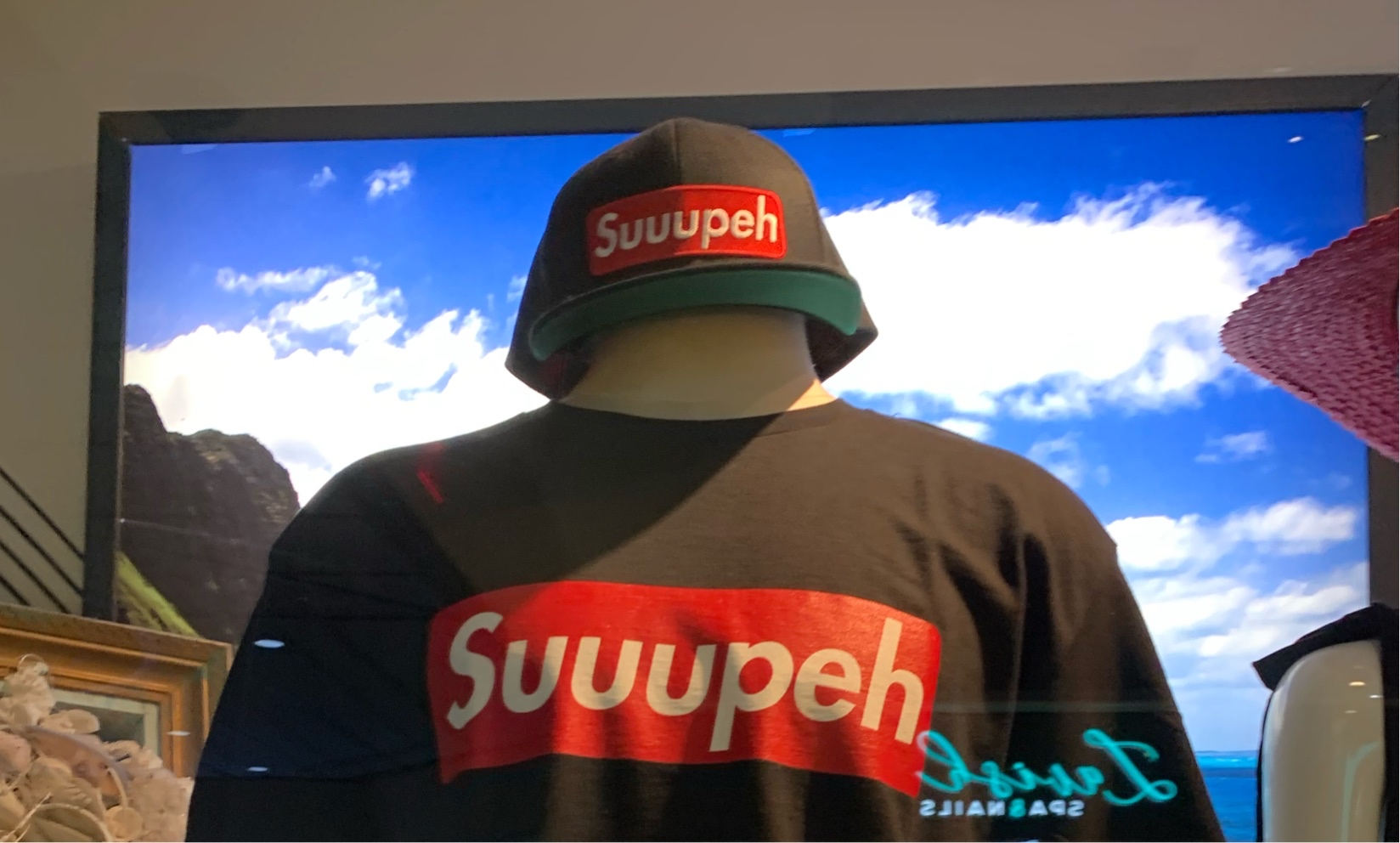
|
44005
|
|
United States
Aiea
|
|
|
This is an example of pidgin. Suupeh being the “kiai”/shout of local fighters. This is a print on a shirt so it’s more of an item to sell This is a more appealing item for locals who have heard a lot of fights in school.
NIP
|
Multilingual Hawaiʻi
|
|
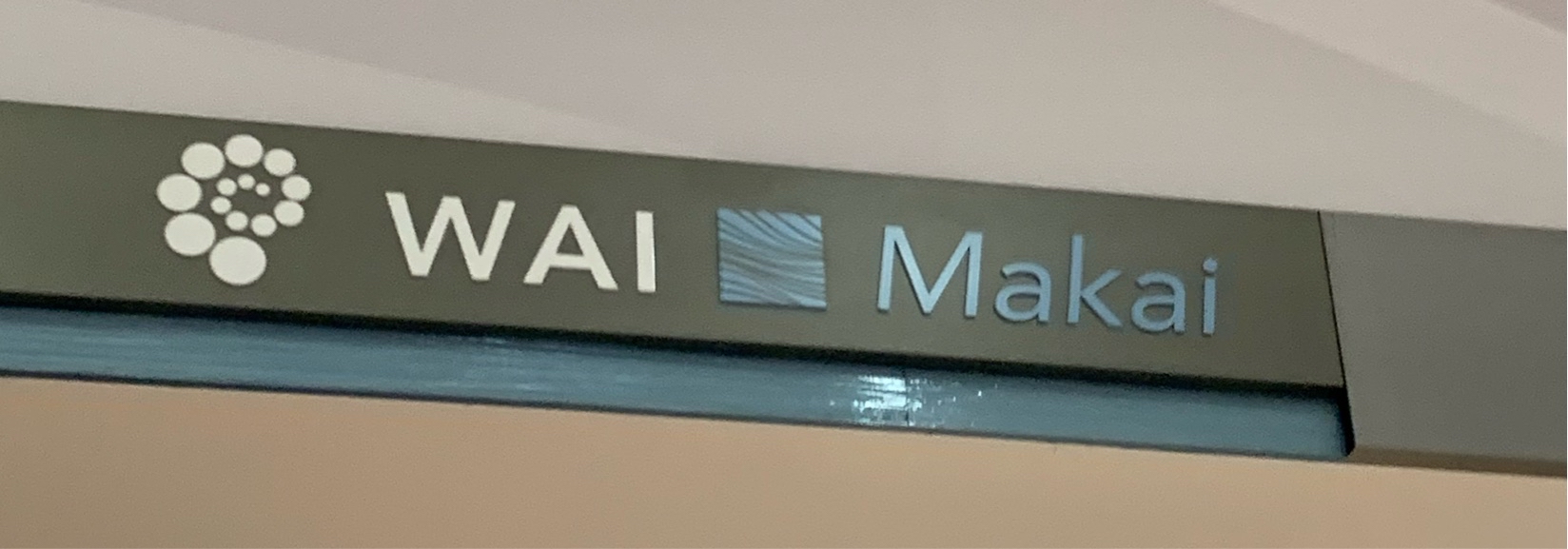
|
44004
|
|
United States
Aiea
|
|
|
This is an example of Hawaiian. It’s a metal sign so it’s a more permanent fixture. Wai means water, makai means towards the ocean, that’s why the sign is blue with a wave picture. It appeals to both tourists and locals for direction and learning.
NIP
|
Multilingual Hawaiʻi
|
|
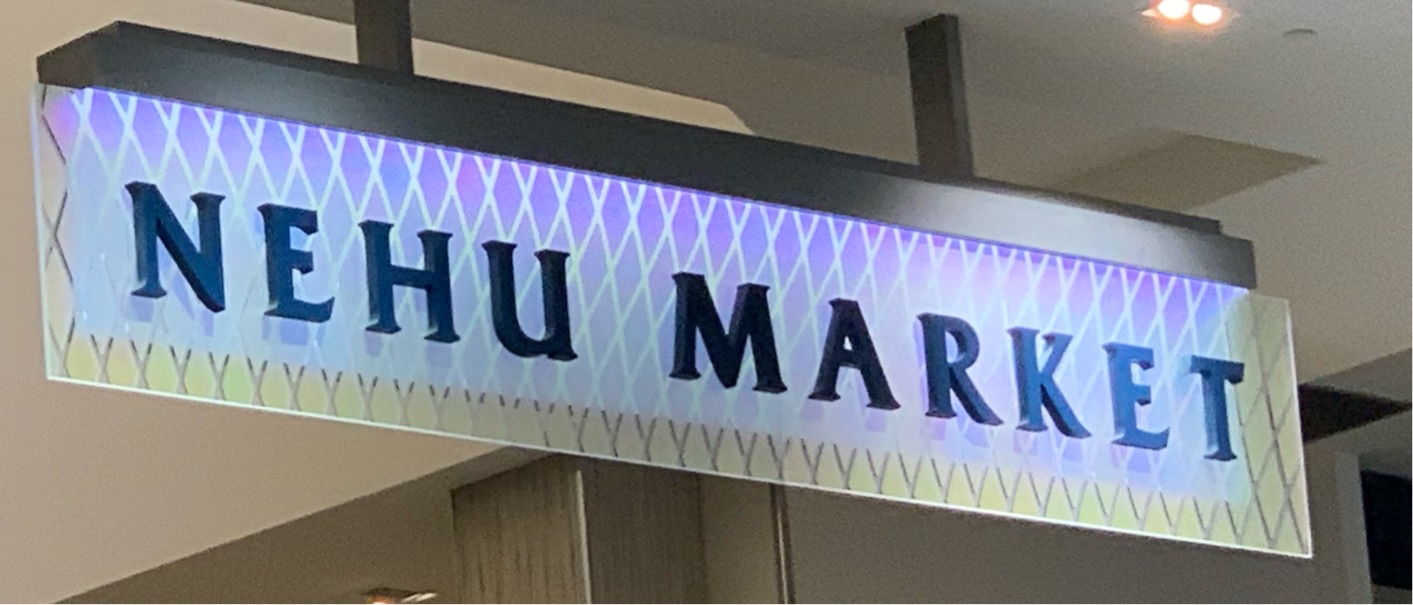
|
44003
|
|
United States
Aiea
|
|
|
This is an example of Hawaiian. It’s a sign of metal made letters so it’s a permanent placement. It means small anchovy which fits for the small food court at the top of Pearl ridge downtown side. It’s probably just good decoration and metaphor for the area appealing to both locals and tourists.
NIP
|
Multilingual Hawaiʻi
|
|
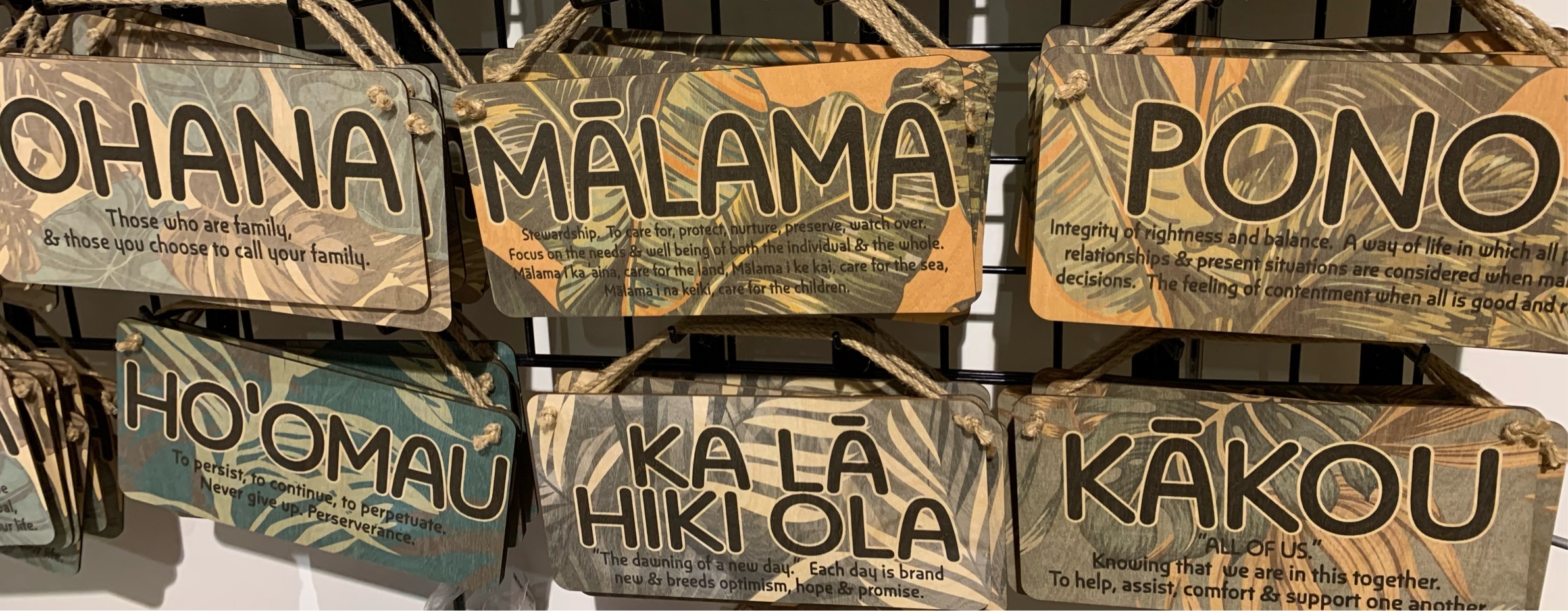
|
44002
|
|
United States
Aiea
|
|
|
This is an example of Hawaiian, giving many words that are pretty central to local/Hawaiian culture. It’s a painted plaque so probably a more permanent decoration. It’s probably an appealing item for both locals and tourists.
NIP
|
Multilingual Hawaiʻi
|
|
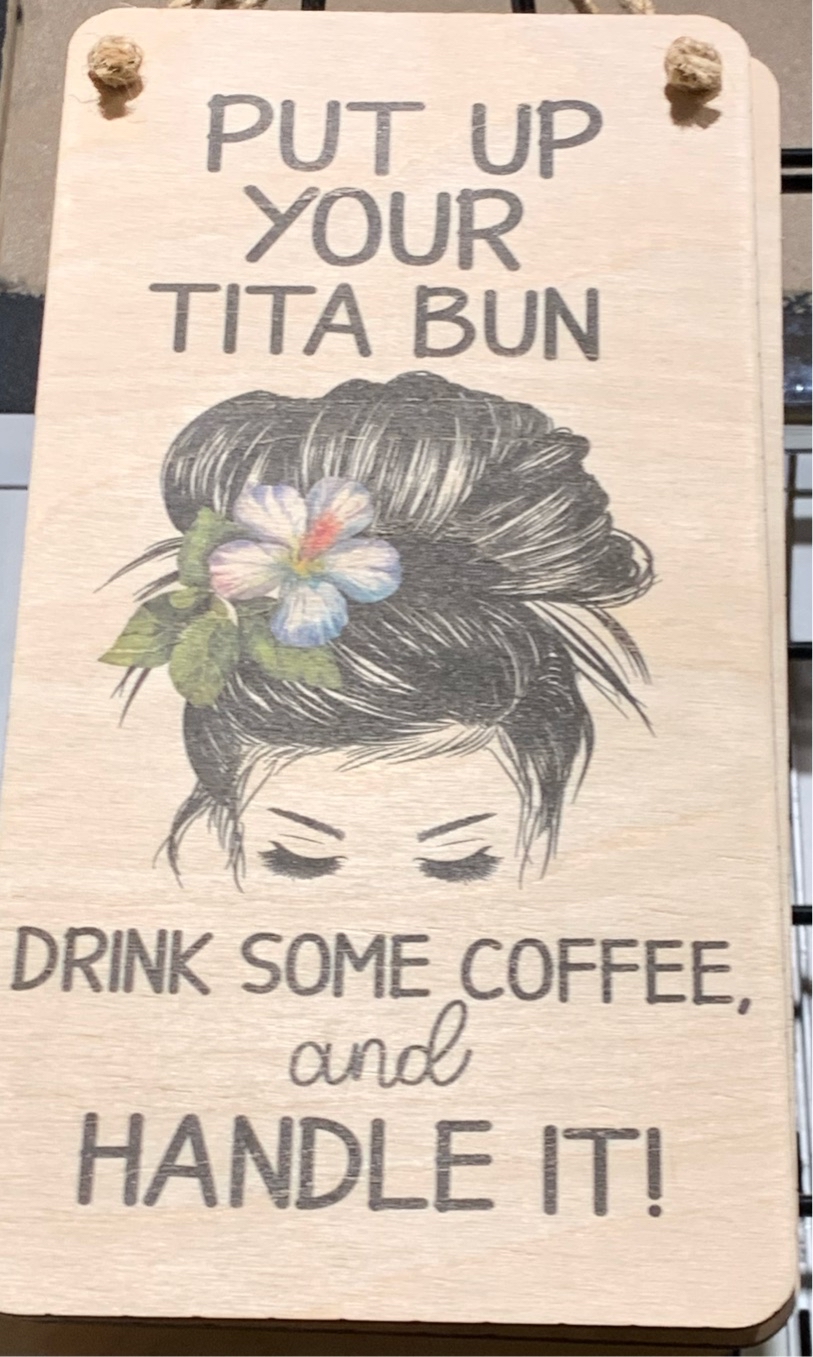
|
44001
|
|
United States
Aiea
|
|
|
This is an example of pidgin a “Titta bun” being a hairstyle for many local women. It’s printed onto a wooden plaque as a sellable object so it’s more a permanent decoration in someone’s house used to attract more local customers.
NIP
|
Multilingual Hawaiʻi
|
|

|
44000
|
|
United States
Honolulu
|
|
|
It’s at a local Foodlands, Maikai means good and Shaka is a local hand sign. It’s used mainly for advertisement and attracting people to try foodland specific items. It’s a printed poster so it’s not really a permanent fixture.
NIP
|
Multilingual Hawaiʻi
|
|

|
43955
|
|
United States
Kaneohe
|
|
|
SU
- medium: The sign is printed on a card.
- domain: The context of the sign is that it is two friends meeting each other but they smell something rotten and they use the Pidgin language to express what they’re thinking.
- audience: The sign is intended for the general public. Mainly only the locals would probably understand it and nonlocals would most likely have a harder time.
- function: The sign is trying to make the receiver of this card laugh and is used for entertainment purposes.
- language: The language that is dominant on this sign is Pidgin or HWC with a little English.
The phrase “Ey! Howzit!” is translated to “Hey, how are you?” of “Hey what’s going on?”. “Howzit” is a combination of the words “how”, “is”, and “it”. “Ho” is translated to “Woah” and “dat” is translated to “that”. The last sentence on the card, “You think it’s rotten mangos or what?” translates to “Do you think it’s rotten mangos?”.
|
Multilingual Hawaiʻi
|
|
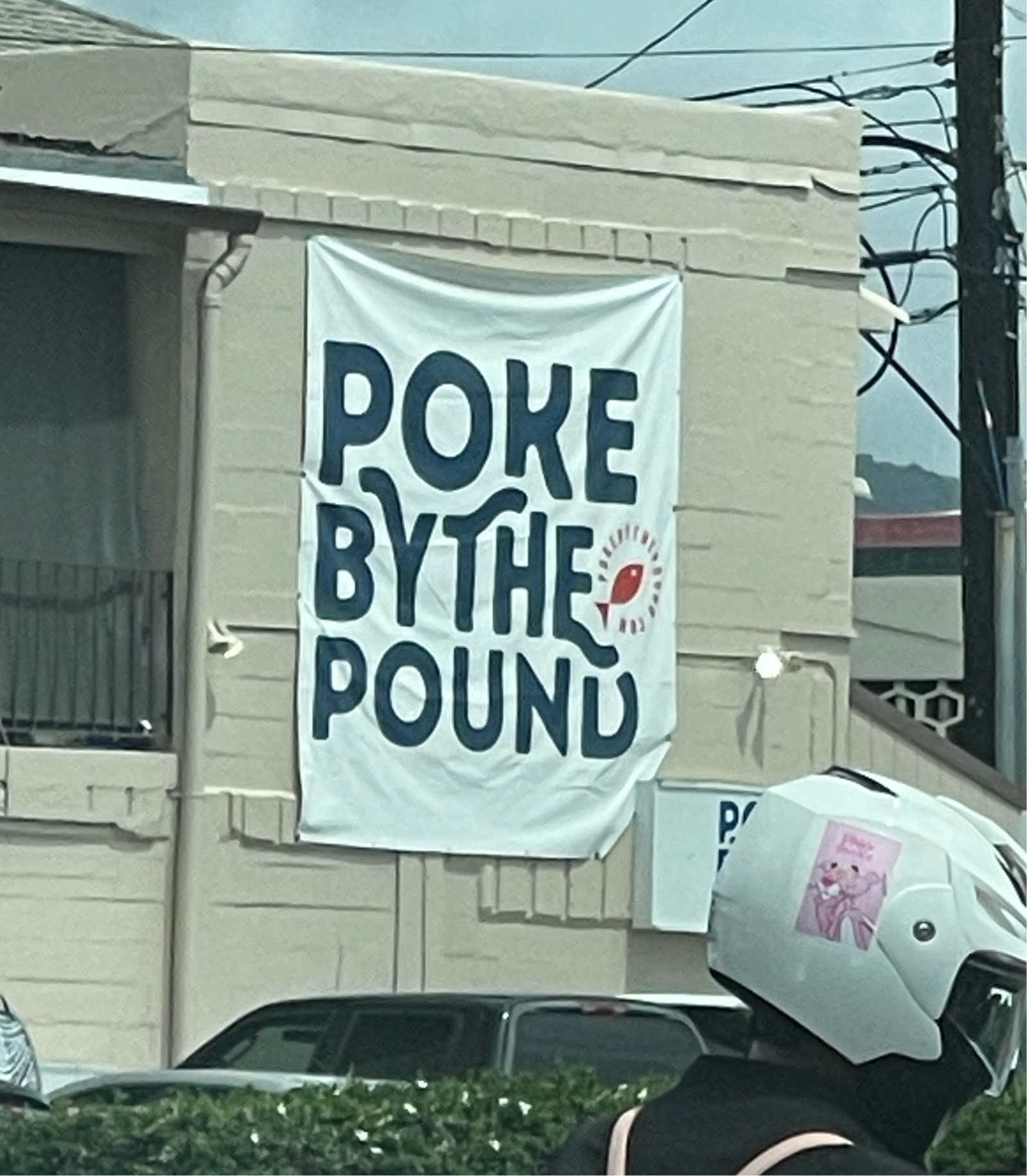
|
43954
|
|
United States
Honolulu
|
|
|
SU
- medium: The sign is printed on a piece of cloth on the front of a building.
- domain: The context of the sign is that Poke by the Pound is a fresh poke and seafood market.
- audience: This sign is intended for people who are passing by this place and might not see the smaller sign that is behind the girl’s helmet in this photo. This sign is intended for locals and nonlocals.
- function: The sign is trying to inform people about the seafood market and get them intrigued in trying the poke.
- language: The language that is dominant on this sign is English, “by the pound” with a little Pidgin, “poke”.
The word “poke” can be a Pidgin term that means to slice, or cut, wood or fish into crosswise pieces and is often used to describe sliced, or cubed, fish that is ready for consumption.
|
Multilingual Hawaiʻi
|
|
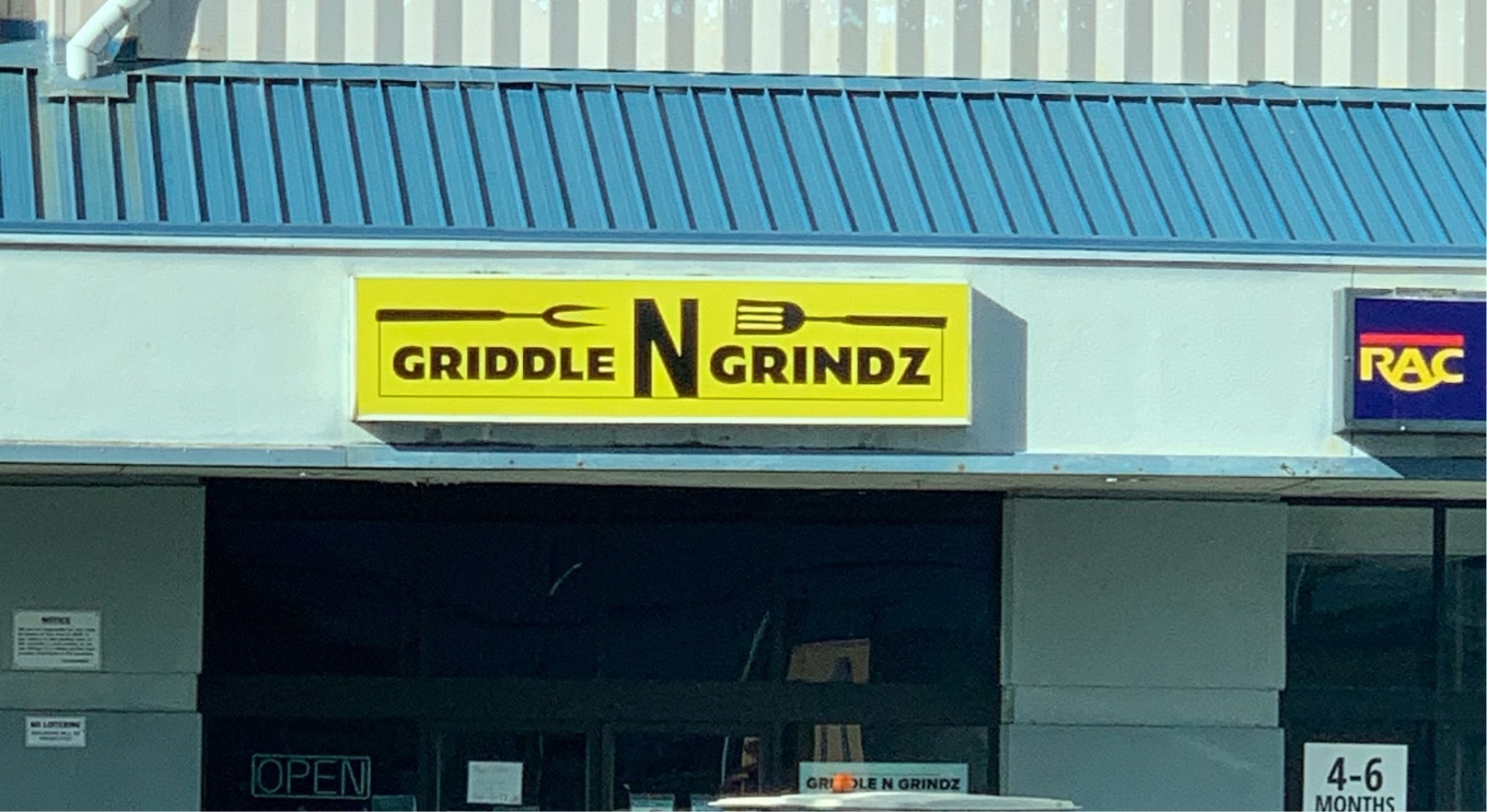
|
43953
|
|
United States
Honolulu
|
|
|
SU
- medium: The sign is printed on a light up sign above the restaurant.
- domain: The context of this sign is that Griddle N Grindz is a Korean BBQ restaurant that serves plate lunches.
- audience: This sign is intended for people who are passing through the area, for locals and nonlocals.
- function: The sign is trying to inform people about the restaurant as they pass by and catch their attention enough to make them want to try their food.
- language: The language that is dominant on this sign is Pidgin or HWC, “Grindz” with a little English, “Griddle”.
The word “grindz” is translated to “food” in Pidgin.
|
Multilingual Hawaiʻi
|
|

|
43952
|
|
United States
Honolulu
|
|
|
SU
- medium: The sign is printed on a bottle of seasoning.
- domain: The context of this sign is that it is a seasoning with smoky rub in it (smoked paprika).
- audience: This sign is intended for the public in general. Anyone who is in the store passing this seasoning or buying it. Intended for local and nonlocal.
- function: This sign is trying to tell you that it is made in Hawai’i as it says at the top “aloha from Hawai’i”.
- language: The language that is dominant on this sign is Pidgin or HWC with some Hawaiian and English.
The phrase “da kine” means “the kind” when it is roughly translated and it is similar to the Pidgin expression “any kine” which means “any kind”. It is usually used when you can’t put your finger on what you’re trying to say. For example, “Um…da kine, he went to the grocery store already.”, “She wen go mess up my da kine.”, “He’s so da kine.”
|
Multilingual Hawaiʻi
|
|
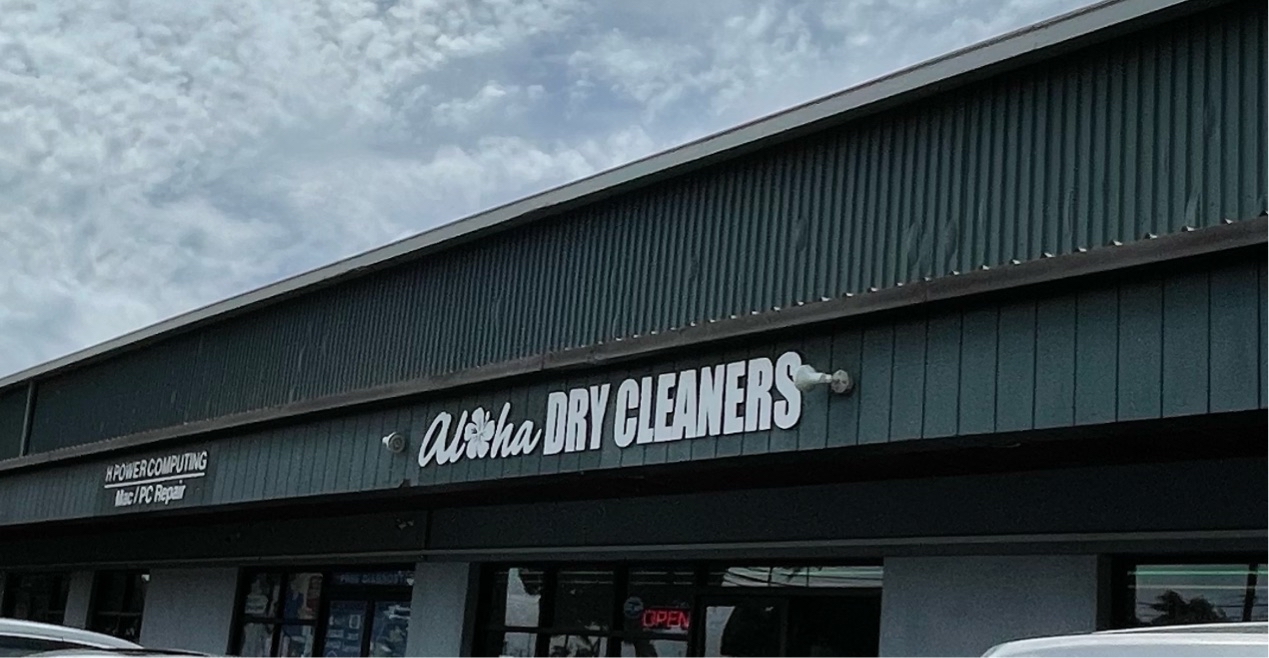
|
43951
|
|
United States
Honolulu
|
|
|
SU
- medium: The sign is printed on a building located at Ward Village.
- domain: The context of the sign is that it is a dry cleaners that also washes and folds your clothes for you, making it aloha fresh.
- audience: The sign is intended for people who are passing by the area. It is intended for nonlocals and locals.
- function: The sign is trying to inform people that there is a dry cleaners located there in Ward Village.
- language: The language that is dominant on this sign is English, “Dry Cleaners” with a little Hawaiian, “Aloha”.
The word “aloha” means “hello, goodbye, love” in Hawaiian.
|
Multilingual Hawaiʻi
|
|

|
43950
|
|
United States
Kaneohe
|
|
|
SU
- medium: The sign is printed on a piece of wood that you hang in or outside of your home.
- domain: The context of the sign is using the phrase “E komo mai” to welcome someone into or to your home.
- audience: The sign is intended for people who are visiting one’s home, both local and nonlocal.
- function: The sign is trying to tell people that they are welcome at the place where this sign is hung.
- language: The language that is dominant on this sign is Hawaiian, “E komo mai” with a little bit of English, “Welcome”.
The phrase “E komo mai” means “Welcome” in Hawaiian.
|
Multilingual Hawaiʻi
|
|
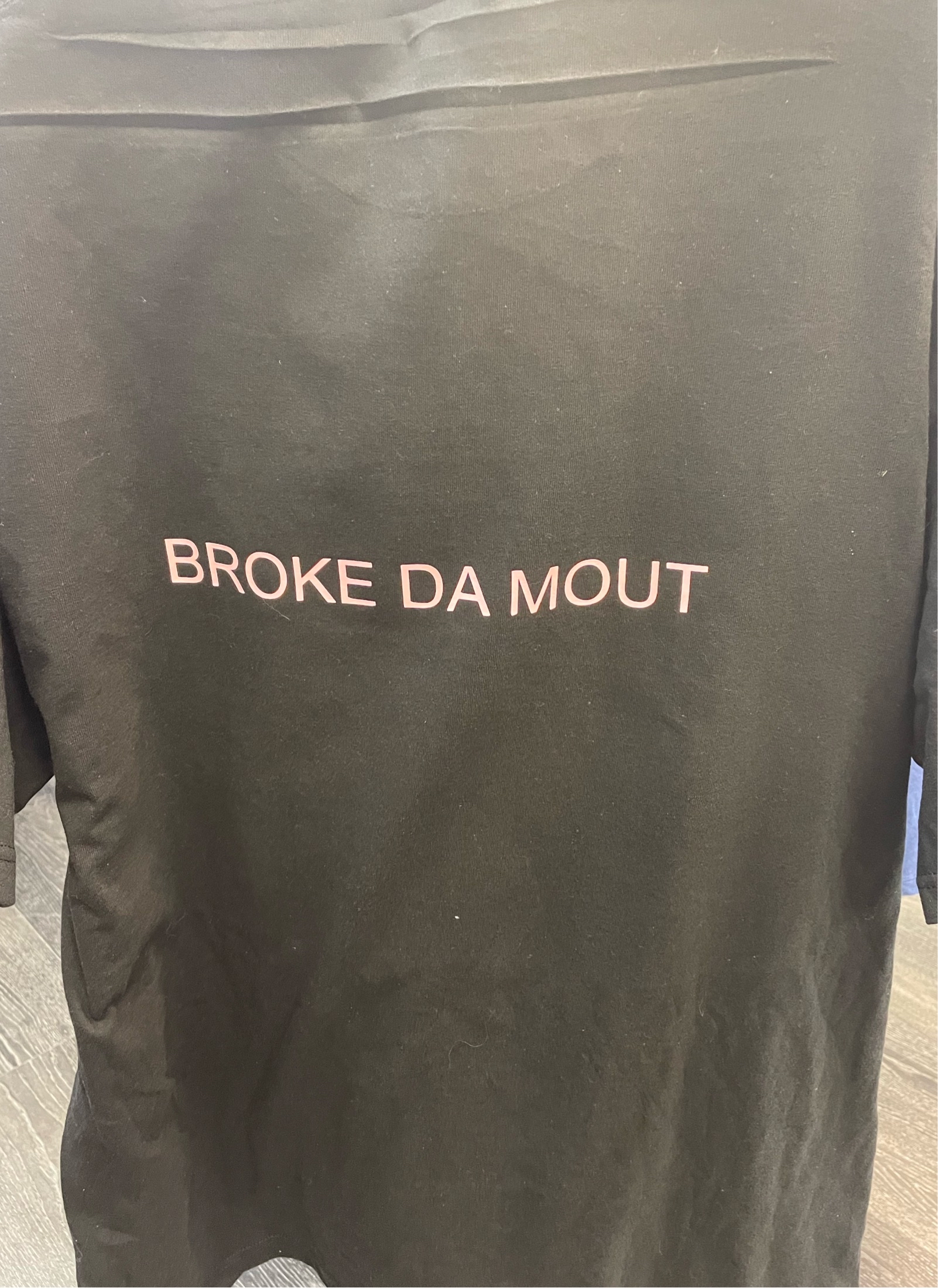
|
43899
|
|
United States
Aiea
|
|
|
EL-S Domain: Pealriddge Uptown, Custom tees
Purpose; you can create your own shirts, and you can have family names, or whatever you want.
Audience: Mostly people who want to celebrate birthdays and put their family names on there and those who have passed.
|
Multilingual Hawaiʻi
|
|